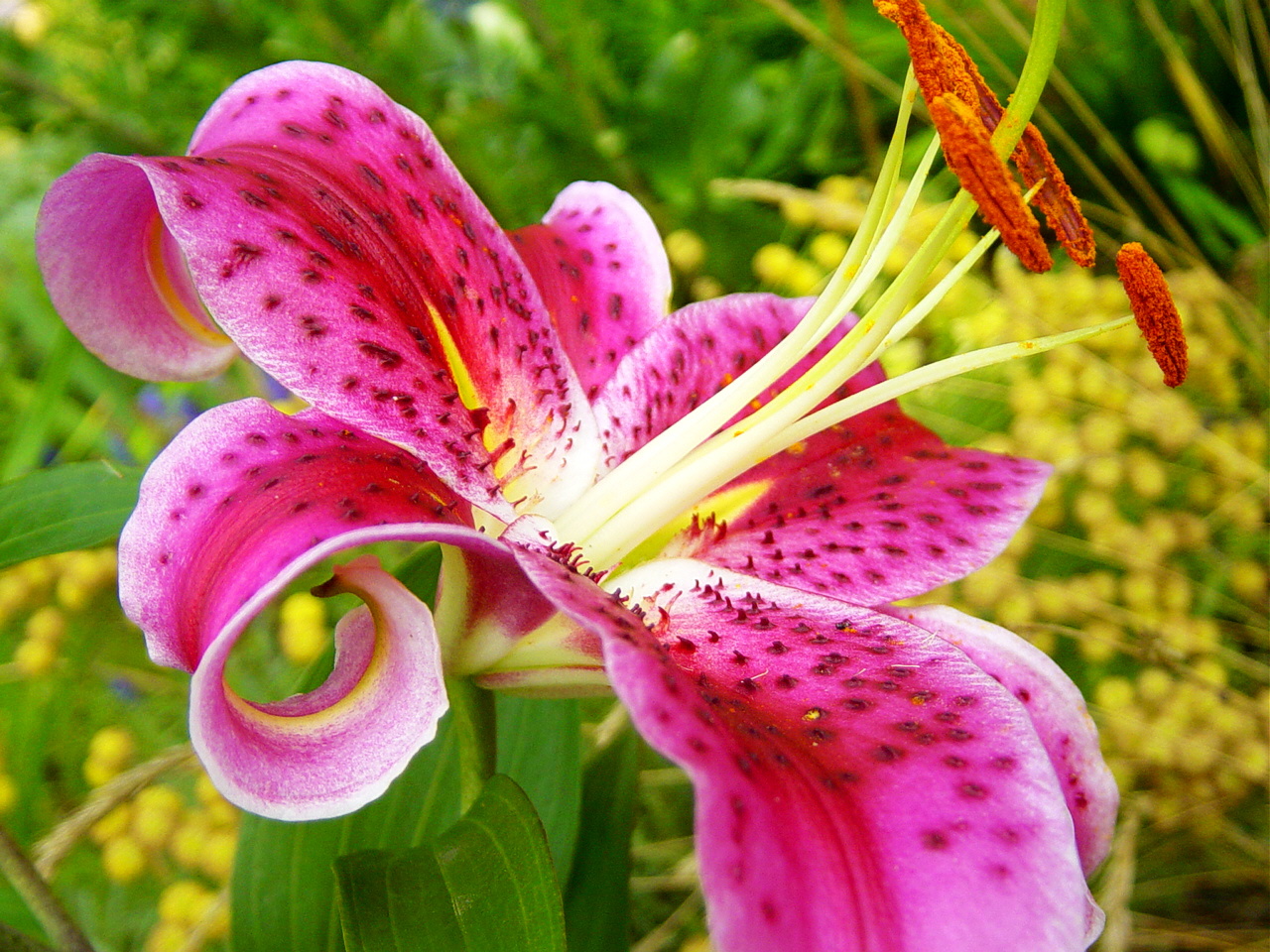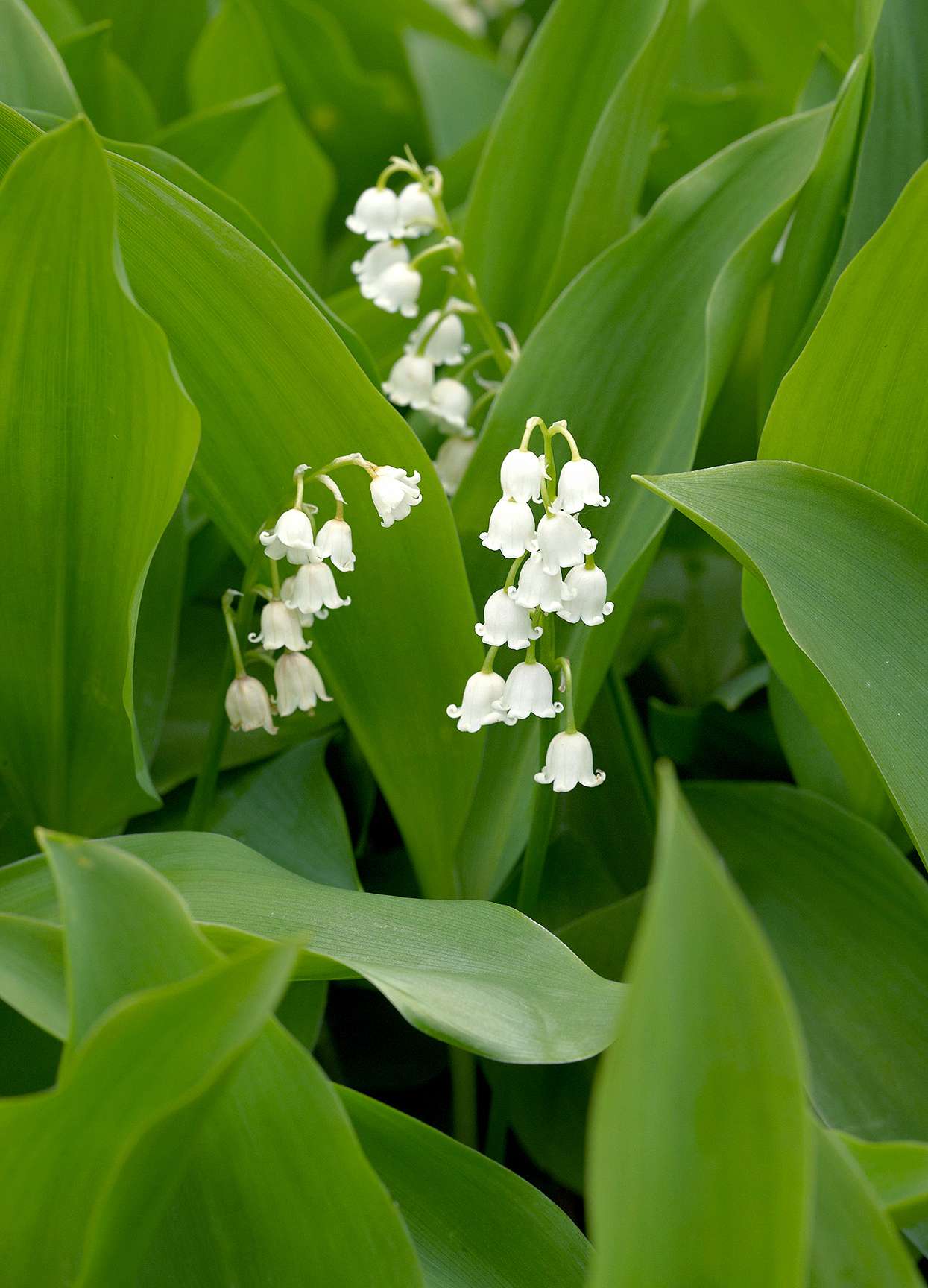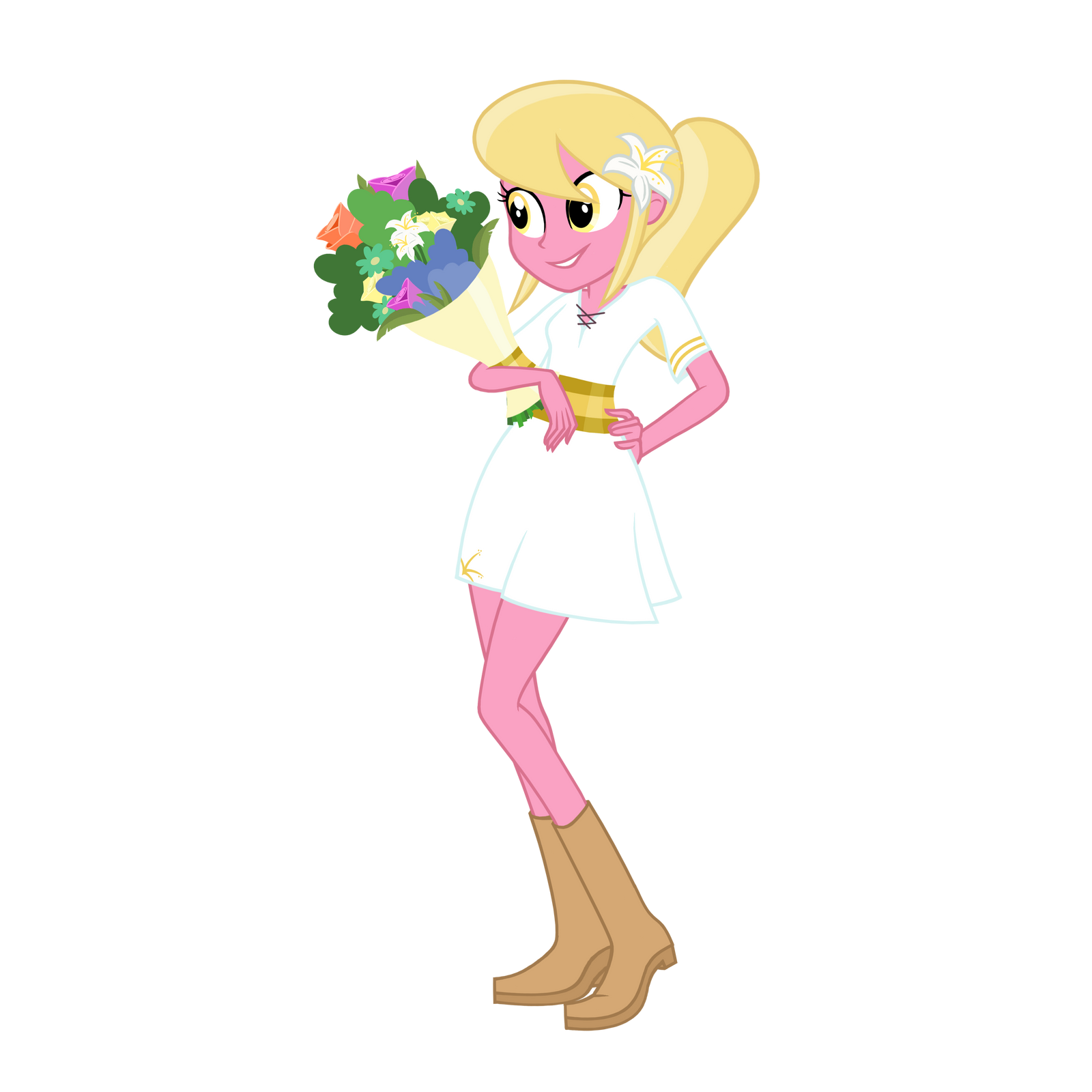
FileStargazer Lily.jpg
Lily of the valley is indigenous to many areas in Europe and Asia, although it is believed to have hailed originally from Japan. It was brought to the United States primarily for display purposes, given its delicate white blooms and overpowering fragrance, as per Illinois Wildflowers. A less popular variety of lily of the valley, Convallaria.

lily valley on Twitter
Here is how to propagate your Lily of the valley through root division: Dig up the clumps with a shovel. Tug the roots apart with your hands to separate them into individual sections. Replant the roots in a shady location 1/2 inch deep and around 6 inches apart. Water thoroughly upon planting.

Lily of the Valley stock photo. Image of dark, lily, april 90388254
Published on Jul 07, 2022 Jacky Parker Photography/Getty Images With its tiny, bell-shaped blooms and alluring aroma, lily of the valley is one of our favorite perennial spring flowers. In addition to being May's birth flower, lily of the valley can symbolize humility, youth, rebirth, and discretion when arranged in a bouquet or given as a gift.
Lily of the valley illustration from Les liliacées (1805) by Pi.. Free public domain
If the right conditions are met, then the lily of the valley flowers can grow vigorously. However, they must live in moist soil and cool climates to thrive. It could be argued that its rhizomes are like their roots, and they will spread out throughout the soil thanks to them. This characteristic could be a blessing and a curse for gardeners.
FileStargazer lily.JPG Wikimedia Commons
The Lily of the Valley is mentioned in the Bible 15 times, and 8 of those times are in the book of the Song of Solomon in the Old Testament. Photo via 99roots.com. Advertisements. According to the Bible, the Lily grows in valleys, fields, gardens, and even among thorns. It is a sweet, fragrant flower that relates to the sweetness of Jesus.

twirling corn lily leaves, macro ZWZ Picture
The optimum time to plant lily of the valley is early spring when the plant is still dormant. However, if you have potted plants, you can transplant them into the garden anytime in spring or summer. Where to Plant Lily of the Valley. Lily of the valley is a low-maintenance perennial in zones 3-9 that grows in full to partial shade.

The Dark Heart of Lily Valley by ameliacostanza on DeviantArt
Lily of the Valley—as known as May Bells, Mary's Tears, and Our Lady's Tears—is a woodland plant with attractive green foliage and tiny, bell-shaped, white or pink flowers. Learn how to plant, grow, and care for the lily of the valley in your garden! About Lily of the Valley

Premium Photo Lily of the valley
Lily of the Valley. Scientific Name: Convallaria majalis. Common Name: Lily of the Valley or Lily-of-the-Valley. Cultural Information: Plant the growing tip of the rhizome just below soil level in a well-prepared bed. The foliage begins to go dormant by early fall, dying completely to the ground. Thomas Jefferson recorded lily-of-the-valley as.

Lily of the Valley, Valley Lily, Convallaria Majalis Stock Image Image of garden, botany
Lily of the Valley 'Aureovariegata': A selection containing yellow-striped leaves. Lily of the Valley 'Fortin's Giant': Extra-large blooms that grow 12-15 inches tall. Lily of the Valley 'Prolificans': Easy-to-grow double-flowered bell-shaped blooms. Lily of the Valley 'C. m. rosea': A flower with light pink blooms.

The 15 Most Underused Perennials Better Homes & Gardens
Lily of the valley, which is native to Asia and Europe, has escaped cultivation and is considered an invasive plant in many parts of the Midwest and Northeast of the United States. It spreads by rhizomes and seeds and forms dense, large colonies, choking out native plants. How and When to Plant Lily of the Valley

Lily Valley by DarthLena on DeviantArt
Lily of the Valley relishes well-drained but moist soil and does best in partial shade but can also be adapted to full sun or full shade, depending on the amount of moisture it receives. If you notice water puddles 5-6 hours after a hard rain, scout out another site or amend with organic material to raise the level 2-3" to improve the.

Red berries lily valley Cut Out Stock Images & Pictures Alamy
EASY TO USE: 1) Manually gently fold the lily of the valley flower into the shape you want. 2) Press the pot and gently pull up the lily of the valley bouquet to separate the pot from the flower. 3) In the battery compartment at the bottom of the flower put in 2 AA batteries.

Lily Valley
Lily of the Valley Care Lily of the valley will grow vigorously in almost any spot with some shade. In fact, gardeners commonly use it under trees where many other plants won't grow due to the shade. Plant the rhizomes about 6 inches apart with the growth buds buried about 1/2 inch deep.

lily valley on Twitter
A real charmer and an outstanding performer, Lily of the Valley (Convallaria majalis) is a woodland flowering plant prized for its sweetly scented, bell-shaped flowers and attractive foliage.
FileStar Gazer Lily.JPG Wikimedia Commons
lily of the valley, ( Convallaria majalis ), fragrant perennial herb and only species of the genus Convallaria in the asparagus family (Asparagaceae). Native to Eurasia and eastern North America, lily of the valley is cultivated in shaded garden areas in many temperate parts of the world.
FileLilium longiflorum (Easter Lily).JPG Wikimedia Commons
Step 3. Fill the pot with compost, leaving the shoot just above the surface. Water, then place in a cool greenhouse. Keep watering and plant out once the roots fill the pot. Watering the lily of the valley bulbs. Advertisement. Lily of the valley can suffer if planted into wet soils. Pot new plants in pots first, for the best results.